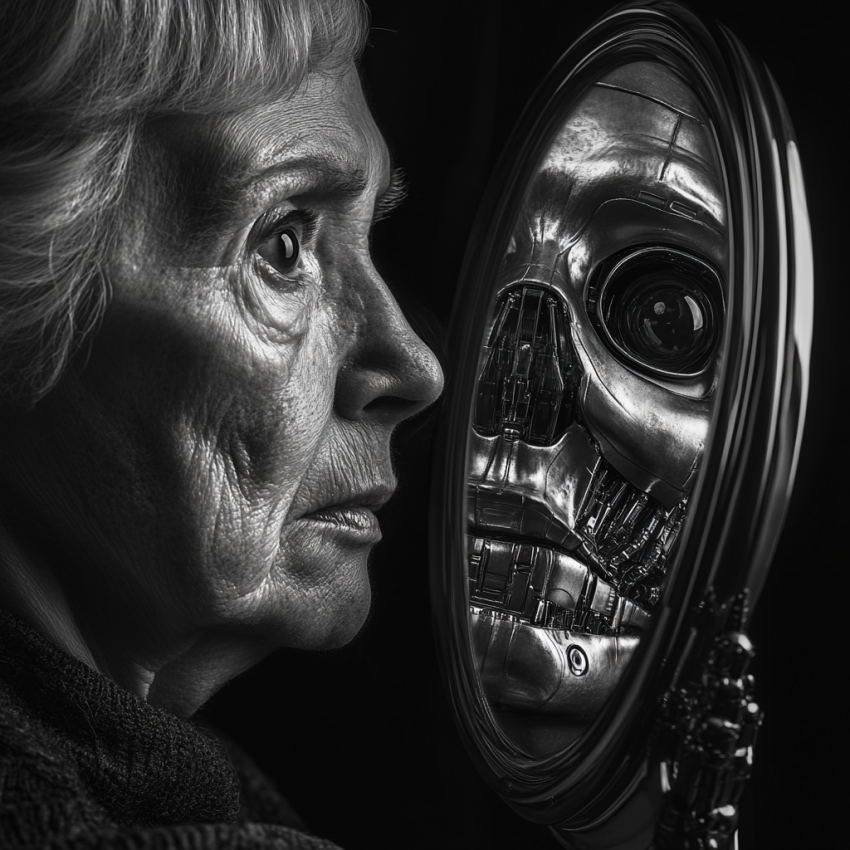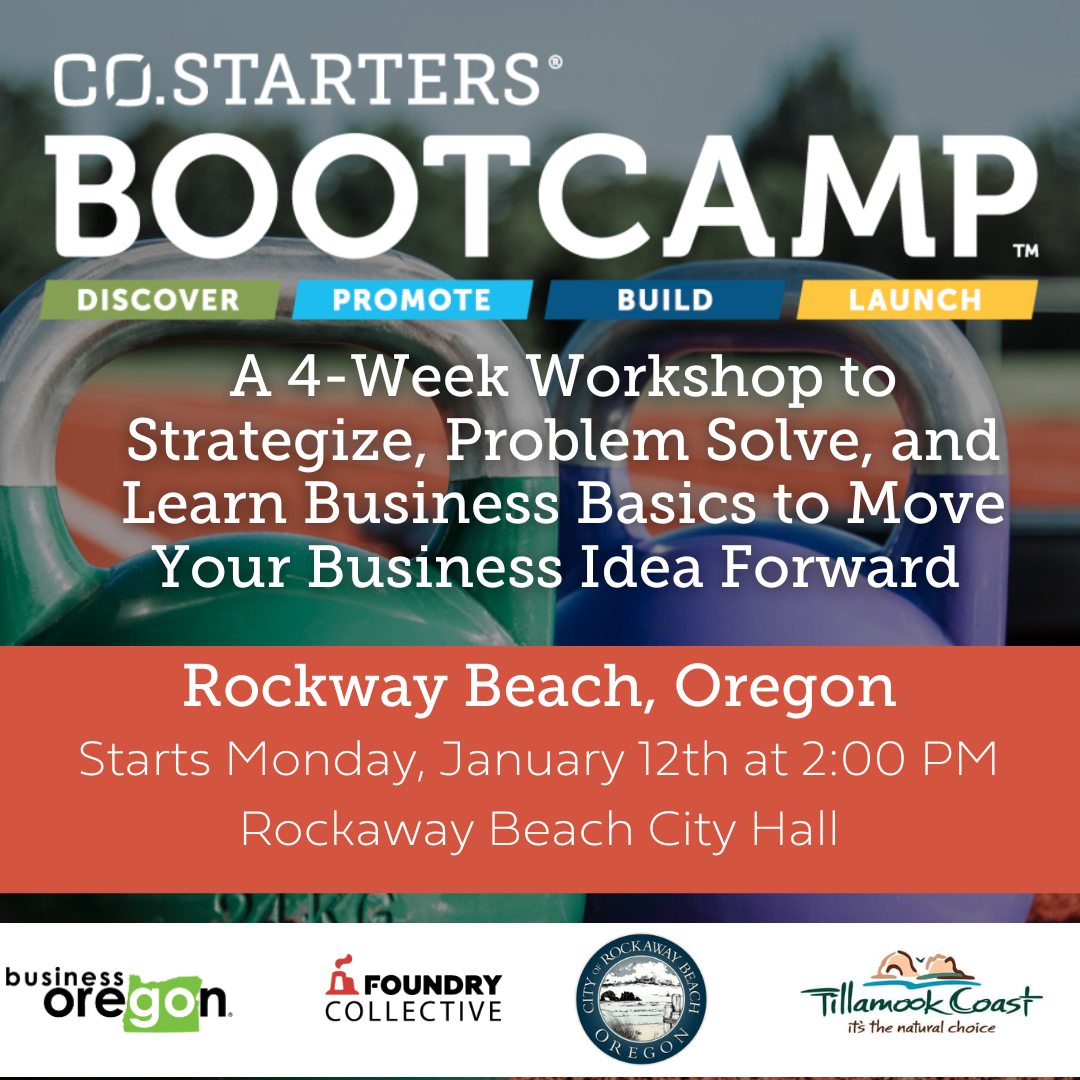In 2024, the world of artificial intelligence and robotics witnessed groundbreaking advancements, surpassing previous expectations and redefining technological limits. This year marked a significant progression, with AI evolving at a pace that outstripped even the most optimistic predictions, while robotics achieved milestones that challenge the distinction between human abilities and machine precision. As we explore this year’s highlights, we uncover stories of innovation, challenges, and the continuous effort to integrate technology with human life.
AI
The advancements in AI are beyond exponential, meaning that the rate of improvement is a straight line with no clear plateau. While some believe that language models have hit a limit on potential improvements from pre-training (Sutskever, LeCun), it’s clear that we have a long way to go before we see advancement taper off.
The most visually obvious example of this advancements was in language to video models. Although the much anticipated Sora release disappointed many (it is still in beta testing, it’s not that much more advanced than other existing models, nonsensical physics, terrible scene transitions), it was Google’s Veo 2 that has set the latest industry benchmark. The model is more advanced than any text to video model on the open market, which makes sense given that they had access to all of YouTube, the world’s largest video repository. Check out an example below!
I’ve been using #Veo2 for the past week now, and all I can say is… it’s flippin’ nuts! 🛹🐿️🎅 pic.twitter.com/GSGMRVXU86
— Daniel Smith (@motionphi) December 21, 2024
Of course video is not the only use of AI; we can’t do a year in review without looking at the language models and their advancement. The biggest news this year includes a lot of speculation and rumor, and plans for next year. OpenAI’s GPT model 4o3 is rumored to work at a PhD level, possibly AGI, with agentic ability. A key factor of this, also only rumor for now, is that the memory will likely be unlimited. Other AI news includes XAI likely introducing a voice app as well as a standalone app, which is already available on iOS in Australia.
Robotics
The robots have also made massive strides as well with Optimus being able to use video learning to walk independently through factories (and also some light tasks although it isn’t clear what yet). Boston Dynamics can do a pretty impressive backflip, but the humanoid form is limited. If the estimates of anywhere between 20 and 100 robots per human are accurate the majority of those robots are going to be in drone form.
2024 saw some pretty terrifying and awe-inspiring footage of drone technology, with laser sight and AI driven targeting systems that use facial recognition to track and target you from great distances. These terrifyingly deadly uses of drones are much less interesting to me than a more practical use such as search and rescue.
The biggest improvement in robotics was in the ease of training, with the help of AI of course. The most advanced models can watch a human perform an action a few times, or even once, and then repeat the action, with no code. This is great for repetitive actions, but over the long run, they will all be watching everything we do, and the next generation of robots will be able to iterate, not just repeat.
Beyond the mainstream developments, AI and robotics made significant inroads in several niche areas. One standout was the integration of AI in healthcare, where AI-driven diagnostics became more accurate, with systems like DeepMind’s latest model showing unprecedented success in predicting patient outcomes for various diseases. In robotics, there was a surge in collaborative robots, or “cobots,” particularly in manufacturing, where companies like Fanuc and Universal Robots introduced models capable of working alongside humans with increased safety features and dexterity. Additionally, AI’s application in environmental monitoring saw breakthroughs, with new AI models deployed to analyze climate data, predicting weather patterns with higher accuracy and aiding in disaster prevention. Lastly, the educational sector embraced AI with adaptive learning platforms that personalize education in real-time, revolutionizing how students engage with learning materials.
Remember, it’s Christmas, we’re here now, and while the world is moving forward at a breakneck pace, at the core of all these tools are exceptional humans who care deeply not only about what they do and the tools they build, but about the people who use them. Merry Christmas!


